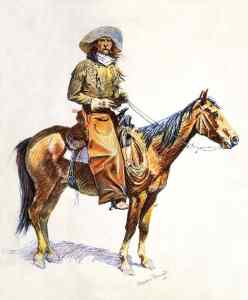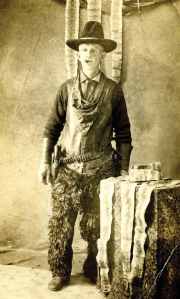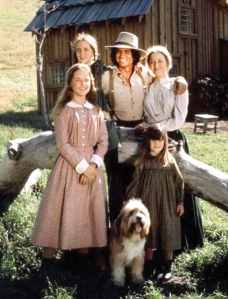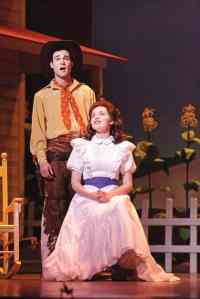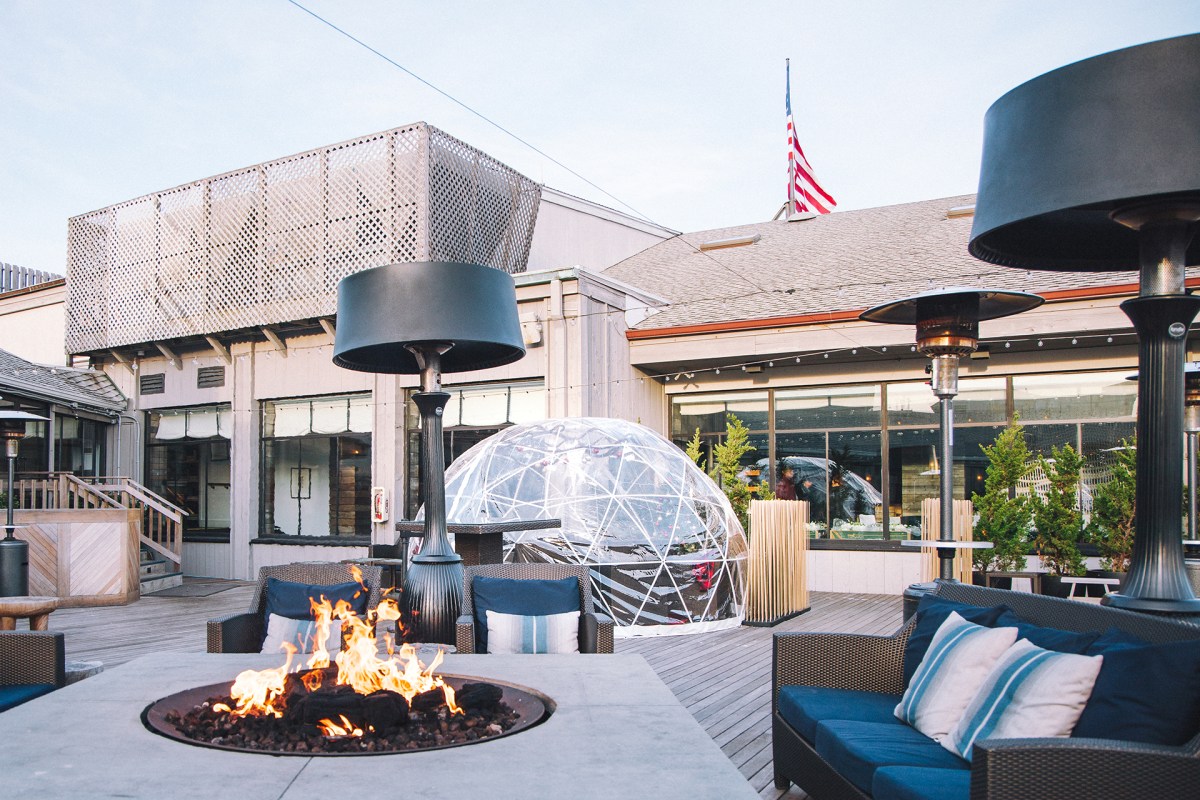
Throughout the 19th century, America fulfilled its manifest destiny by expanding westward, staking claim to territories between the original 13 colonies all the way out to present-day California. Pioneers set out in wagons on long and dangerous journeys, housing themselves in rough shelters and feeding themselves by hunting wild game.
Typical frontier garb included leather breeches, moccasins, a fur cap and belt from which a hunting knife would hang. Every article of clothing served a purpose. As time wore on, homespun clothing replaced animal skins, giving way to the stereotypical American cattle rancher aesthetic we associate with the Old West today.

The traditional cowboy/cowgirl image includes chaps, boots, spurs, denim, a bandana, a lasso and a Stetson. But real cowboys opted for a bowler hat, which was less likely to blow off while riding a horse at high speeds. The ten-gallon hats depicted in the movies almost never graced the head of a true cowman.
The standard Western shirt was generally constructed of denim or tartan fabric and characterized by long sleeves, decorative panels and a stylized yoke. Initially, embroidery was not purely ornamental—it helped distinguish one cowboy from another as they were flung across the ring at the rodeo. Later, snap pockets and lots of fringe became common, a la singing cowboys like Roy Rogers.
In the early days of the Wild West, trousers were made of wool or canvas, until the Gold Rush began and miners began to wear cheap and durable denim overalls. Levi Strauss improved upon the popular design by adding copper rivets and by the 1870s, ranchers and cowboys adopted the style. To protect their legs and pants from cactus spines, cowboys wore chaps, often made from leather or animal hides known as woollies.
In her Little House books and autobiography, Laura Ingalls Wilder tells us of the feminine calico cotton dresses worn by women on the prairie, often with gingham or flowery patterns and a flounce on the bottom hem. Women sewed the high-necked, long-sleeved frocks themselves, adding full, ruffled skirts when the fabric budget allowed. They commonly wore bonnets to keep their hair tidy and the sun off their faces.
Other types of womenswear included suede fringe skirts derived from Native American dress and bolero jackets. The quintessential saloon girl style was brightly colored short dresses with corsets, garter belts and stockings. Their low-cut bodices and bell-shaped, ruffled skirts were adorned with sequins, fringe and tassels.
Prior to the 1860s, the Wellington boot, characterized by a rounded toe and low heel, was most popular among American cattle ranchers. The practical traits of riding boots and work boots eventually were incorporated into the style of dress boots, which fashion magazines from the era show with top stitching, cutouts and an underslung heel. Traditionally, the cowboy boots we know today are made from cowhide leather or exotic animal skins and have a Cuban heel, rounded to pointed toe, high shaft and no lacing.
From the rough and rugged to the frilly and feminine, Western-style clothing and accessories remain a popular slice of the fashion world today.




